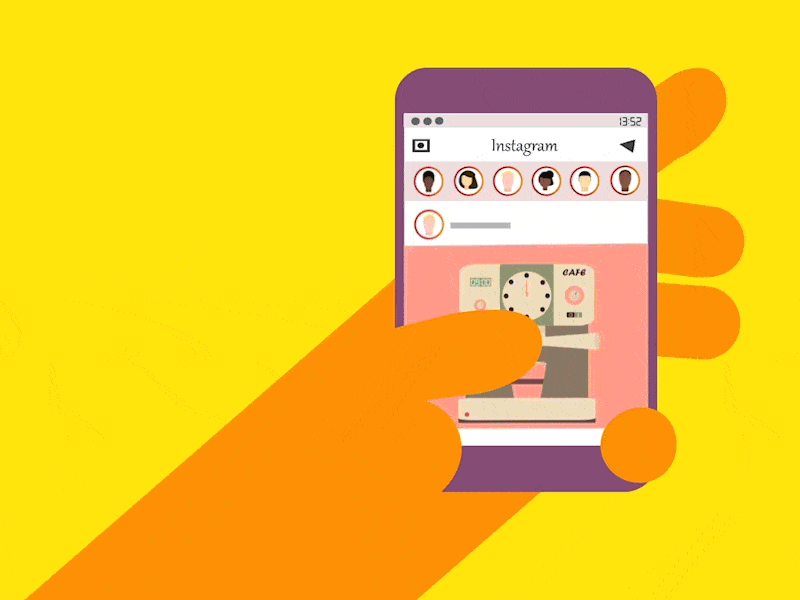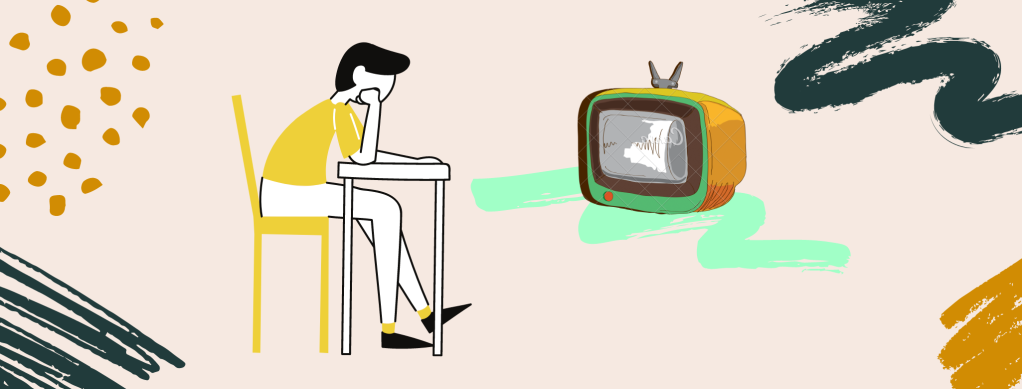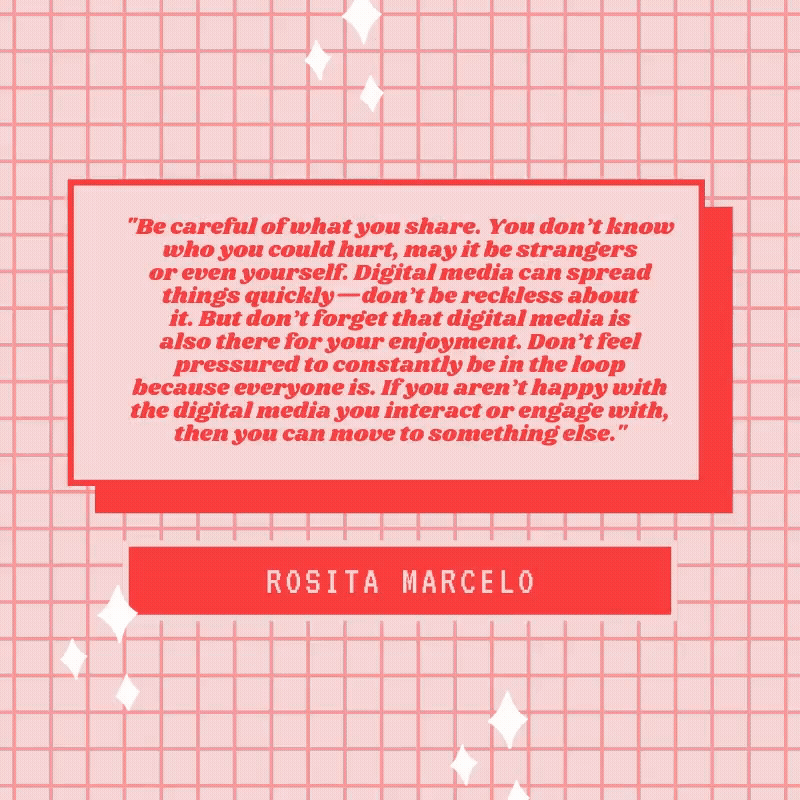Note: You may also read this article by swiping the images above.
Established in 2002, Pinoy Weekly is a non-profit publication that strives to do what not many leading print media names have—bring to light marginalized communities and their uncovered stories. Handing out copies of their prints rather than selling them, the publication prides itself on being an independent and alternative media, with the organization having both a physical and online platform. Pinoy Weekly is recognized by media institutions such as the Jaime V. Ongpin Awards for Excellence in Journalism, Gawad Agong, and the Center for Media Freedom and Responsibility.
Kenneth Roland A. Guda is a UP Diliman graduate under the Creative Writing in Filipino program, he had begun an interest in journalism through the campus publication, The Philippine Collegian. Mr. Guda had travelled across the country to cover numerous human rights stories, having actively volunteered for human rights and migrant organizations. One can see why he ended up as the current editor in chief of Pinoy Weekly, gaining his position in 2008 and staying strong even after 12 years. We have been lucky to be able to contact him and arrange an online interview to discuss Pinoy Weekly amidst the current situation in the country.
The tides of the government and COVID-19
Pinoy Weekly has been operating with a small number of members, with some being volunteers or working part-time. Though it seems that they are doing absolutely fine in producing their eye-opening stories, Mr. Guda explains that many of the challenges they face can be attributed to the size of their team. It’s much easier for bigger organizations to gain recognition, and with an editorial staff of around 10 people, the public’s trust in Pinoy Weekly has never been very high. Their non-profit model also does not allow them to have salaries like many media publications. Because they are not considered mainstream media, multiple times they have experienced difficulty in obtaining resources and information. Mr. Guda also says that weekly publications are not always accredited to be part of the press corps, and that they had to renew their media passes when covering stories frequently.
Numerous times has Pinoy Weekly been tagged as an anti-government, communist publication even though they are a legal, Securities and Exchange Commission-registered organization. Mr. Guda claims that the country’s political climate is intolerant of publications that criticize the current ruling bodies. This is especially apparent when their publication was confiscated in Pandi, Bulacan last July, under the allegations that their progressive and adversarial style of writing teaches the people to fight against the government. They have also faced physical threats when they cover provincial human rights stories as well as cyberattacks on their digital platform, Mr. Guda shares.
Now that COVID-19 has solidified its place in the country and its people for almost an entire year, Mr. Guda thinks that a whole new layer to the repression that they’ve been facing has been added. Covering stories has never been more difficult now that each publication has to register before the Presidential Communications Operations Office—and despite being promised that all organizations will be accredited, many of them have been discriminated from getting their accreditation. Mr. Guda even recounted that they were being given excuses as to why they are not getting their accreditation, such as not having printer ink to print accreditation patches.
But Pinoy Weekly continues to fight against all these odds, choosing to stand their ground and defend themselves rather than bending over. Mr. Guda and his team make it a point to file appropriate cases against government and police officials. They have filed complaints in the Ombudsman for the confiscation of their copies and the raiding of their offices, as well as on the Commission on Human Rights regarding the red-tagging of organizations just like them.
“To heck with that, we don’t need that, we have our rights as media practitioners… we would invoke our constitutional right to press freedom.”
As a further response, the organization’s staff has also been training to protect themselves from physical harm when they go out into the field. Not only this, but media, internet, and digital security training has also become a must. They have built a strong network of support both domestically and abroad to expose the mistreatment of press freedom. This support system also lives within the Pinoy Weekly team itself, with Mr. Guda stating that they lean on each other for support and practice solidarity amongst themselves through this.
Keeping up with the digital shift
On another note, given that the organization started out as a print publication, one might think that they would have scrambled to keep up with the recent digital shift—this wasn’t the case for Pinoy Weekly. Mr. Guda’s faith in the relevance of the print industry had never faltered throughout the years. After all, he claimed that digital and print are not in conflict. It is a conviction that stems from the publication’s viewpoint that there are communities who still need direct access to news. There remain various areas without access to internet connection, nor the means to obtain the resources they need to acquire information. It is also for this very reason that they freely distribute their print copies. With that in mind, they persevere with their weekly releases, maintaining 80% of their focus on their print operations.
“Don’t sell news, don’t sell content because the people, they need it, they shouldn’t have to pay for it.”
Much of their complacency though, is also rooted in the fact that they are non-profit. Unlike other print publications which rely on revenues from advertising to sustain themselves, all of their resources come from funding agencies and other individual contributors who believe in the work that they do. Thanks to this, the pressure to attract readers has never been their main concern. But this is not to say that they don’t have their own fair share of troubles as well. In fact, when the printing cost in the country had suddenly spiked in 2008, Pinoy Weekly was forced to close down.
They were fortunately able to recover from this, and as soon as they did, they had also put up a website of their own. Because despite feeling unthreatened by the drastic changes in the media landscape, they do recognize that there is still a necessity for them to adapt in the digital age somehow. Since then, they have been taking baby steps in order to eventually penetrate the online scene and gradually make their presence be known.
Moving forward, editors and staff of the publication have been doing their best to “expand their capacity to publish and maximize not just the platforms that they already have but also the platforms they’re still trying to learn the ropes of,” as mentioned by Mr. Guda. Recently, they had experimented with podcasting in their attempt to connect with the younger generation. It was only last September when they released the first episode of their podcast on Facebook, entitled “Woke The Talk.” They have also partnered with various organizations like Altermidya who have far more advanced practices in producing multimedia content, trying to learn from these colleagues. But to quote Mr. Kenneth, “beyond mastery of platforms, [Pinoy Weekly] aspire[s] for all independent or alternative media practitioners to fully master and embrace the art of storytelling.” The most important thing for them is to tell the stories of the people that need to be told, no matter what platform.
“Journalism is serving the people.”
It’s clear that for now, Pinoy Weekly’s immediate aspirations are to overcome the attacks on press freedom, and to gradually venture into the digital world in order to broaden their reach. They also have no plans to abandon print, the oldest surviving format of journalism, and believes it will continue to persevere. In the next few years, various things in the Philippine media industry will have changed. There’s no telling which challenges will continue to persist, or if new ones will arise. But whatever changes may occur, hopefully Pinoy Weekly will do its best not to stray too far from what Mr. Guda claimed to be the true essence of journalism—”to tell the important truth; to comfort the afflicted; to afflict the comforted.”

























Recent Comments